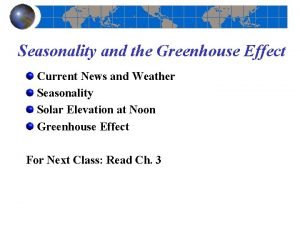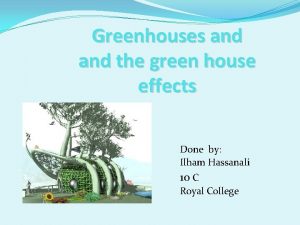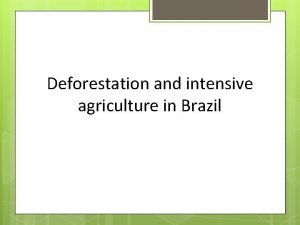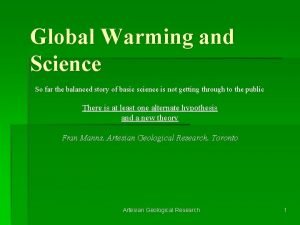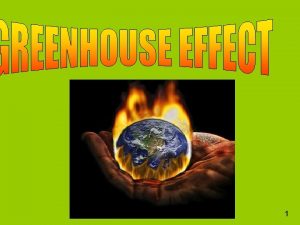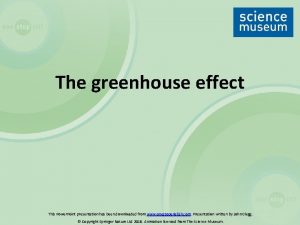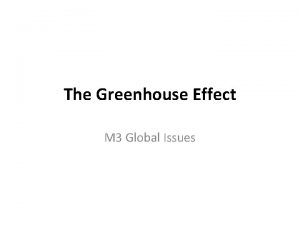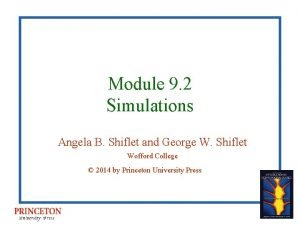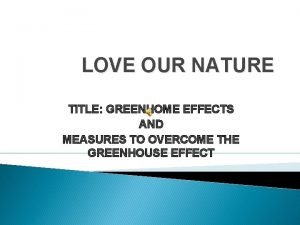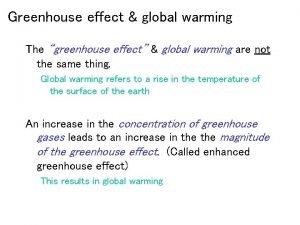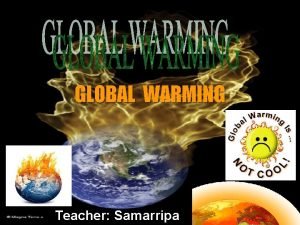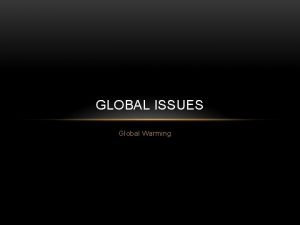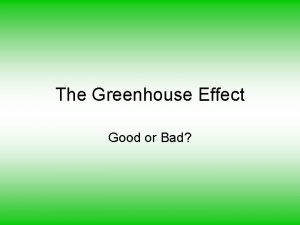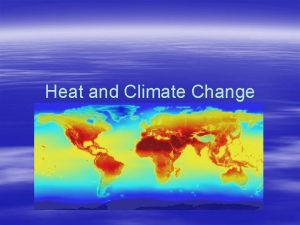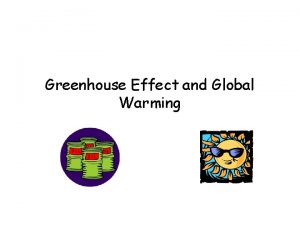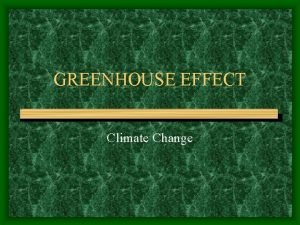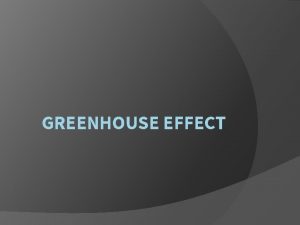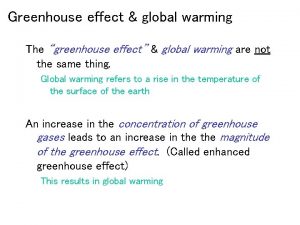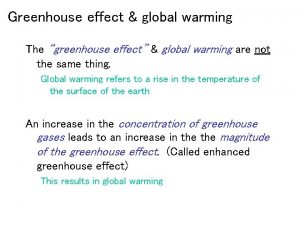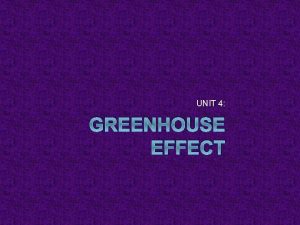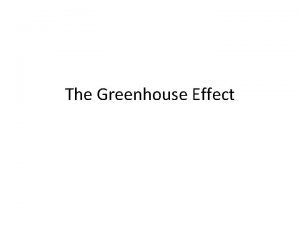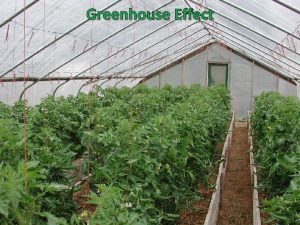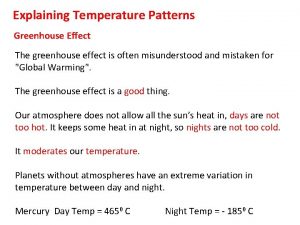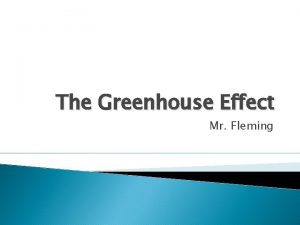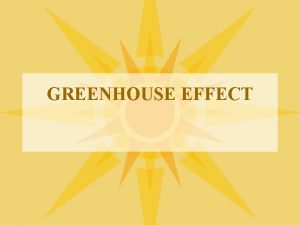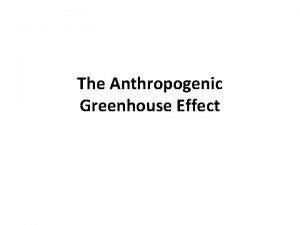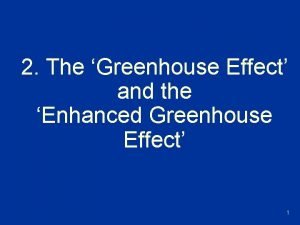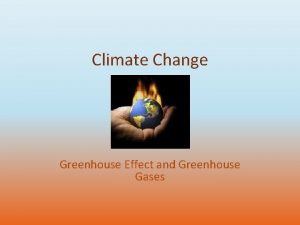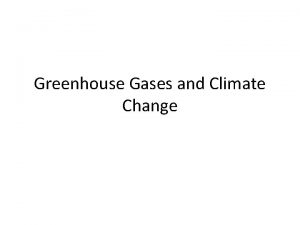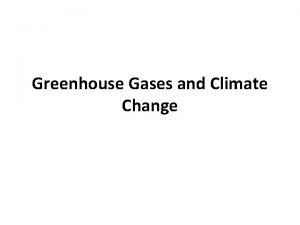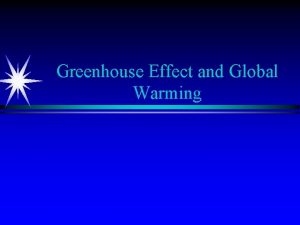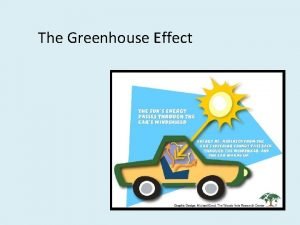Seasonality and the Greenhouse Effect Current News and





























- Slides: 29

Seasonality and the Greenhouse Effect Current News and Weather Seasonality Solar Elevation at Noon Greenhouse Effect For Next Class: Read Ch. 3


0100 – 0200 UTC 9 Dec 2017

0200 – 0300 UTC 9 Dec 2017

0300 – 0400 UTC 9 Dec 2017

0400 – 0500 UTC 9 Dec 2017

0500 – 0600 UTC 9 Dec 2017

1400 – 1600 UTC 9 Dec 2017

1600 – 1700 UTC 9 Dec 2017


Seasonality Two important seasonal changes Sun’s altitude – angle above horizon or Solar Elevation at Noon (SEN) Day length

© 2018 Pearson Education, Inc.

Annual March of the Seasons Winter solstice – December 21 or 22 Subsolar point Tropic of Capricorn Spring equinox – March 20 or 21 Subsolar point Equator Summer solstice – June 20 or 21 Subsolar point Tropic of Cancer Fall equinox – September 22 or 23 Subsolar point Equator

Discussion Questions 1. Where on Earth would 24 hours of sunlight be observed on or around June 21? Why?

© 2018 Pearson Education, Inc.

© 2018 Pearson Education, Inc.


11: 30 P. M. in the Antarctic Figure 2. 16

Insolation at Top of Atmosphere Figure 2. 10

Solar Elevation at Noon (SEN)

Solar Elevation at Noon (SEN) SEN is the angle of the noon sun above the horizon SEN = 90˚ - Arc. Distance = number of degrees of latitude between location of interest and sun’s noontime vertical rays If the latitude of location of interest and sun are in opposite hemispheres, add to get Arc. Distance If they are in the same hemisphere, subtract from the larger of the two values

SEN Example What is the SEN on June 21 for Boone (36 N) SEN = 90 – Arc. Distance Where are the sun’s noontime vertical rays? Arc. Distance = 36 – 23. 5 Arc. Distance = 12. 5 SEN = 90 – 12. 5 SEN = 77. 5˚

SEN Exercises What is SEN in Punta Arenas (53º S) on June 21? December 21? What is SEN in Cayambe, Ecuador (0º) on June 21? March 21? What is SEN in Barrow, Alaska (71º N) on June 21? December 21?

Discussion Questions 1. Where on Earth would 24 hours of sunlight be observed on or around June 21? Why? 2. What is the greenhouse effect and why is it important? 3. What are the major greenhouse gases?

Terrestrial Radiation Ø Greenhouse Effect l Heating of Earth’s surface and lower atmosphere caused by strong absorption and emission of infrared radiation (IR) by certain atmospheric gases • known as greenhouse gases l © AMS Similarity in radiational properties between atmospheric gases and the glass or plastic glazing of a greenhouse is the origin of the term greenhouse effect 25

Terrestrial Radiation Ø Greenhouse Effect l l © AMS Responsible for considerable warming of Earth’s surface and lower atmosphere Earth would be too cold without it to support most forms of plant and animal life 26

Terrestrial Radiation Ø Greenhouse Gases l Water Vapor is the principal greenhouse gas • Clear-sky contribution of 60% l Other contributing gases: • carbon dioxide (26%) • ozone (8%) • methane plus nitrous oxide (6%) © AMS 27

How Greenhouse Effect Works Ø https: //www. youtube. com/watch? v=s. Tvq. Iij qv. Tg&t=29 s © AMS 28

Feedback on Today Name one thing you learned today. What questions do you have?
 Gold stock seasonality
Gold stock seasonality Greenhouse effect long and shortwave radiation
Greenhouse effect long and shortwave radiation Why is the greenhouse effect important
Why is the greenhouse effect important Why is the greenhouse effect important
Why is the greenhouse effect important Greenhouse effect
Greenhouse effect Greenhouse effect
Greenhouse effect Enhanced greenhouse effect
Enhanced greenhouse effect Slidetodoc
Slidetodoc Greenhouse effect
Greenhouse effect Natural greenhouse effect
Natural greenhouse effect Greenhouse effect
Greenhouse effect Greenhouse effect on plants
Greenhouse effect on plants Greenhouse effect
Greenhouse effect Greenhouse effect powerpoint
Greenhouse effect powerpoint Causes of greenhouse effect
Causes of greenhouse effect Greenhouse effect in order
Greenhouse effect in order Green home love nature
Green home love nature Greenhouse effect essay
Greenhouse effect essay Greenhouse effect
Greenhouse effect Human activities that enhanced greenhouse effect
Human activities that enhanced greenhouse effect Greenhouse effect in order
Greenhouse effect in order Greenhouse gases are good or bad
Greenhouse gases are good or bad Greenhouse effect gif
Greenhouse effect gif Biomass fuel ap human geography
Biomass fuel ap human geography What is hard news
What is hard news A television news director wishes to use three news stories
A television news director wishes to use three news stories All that glitters ______ not gold
All that glitters ______ not gold A balanced delta connected load having an impedance 20-j15
A balanced delta connected load having an impedance 20-j15 Line current and phase current
Line current and phase current Energy band diagram of pn junction diode
Energy band diagram of pn junction diode


